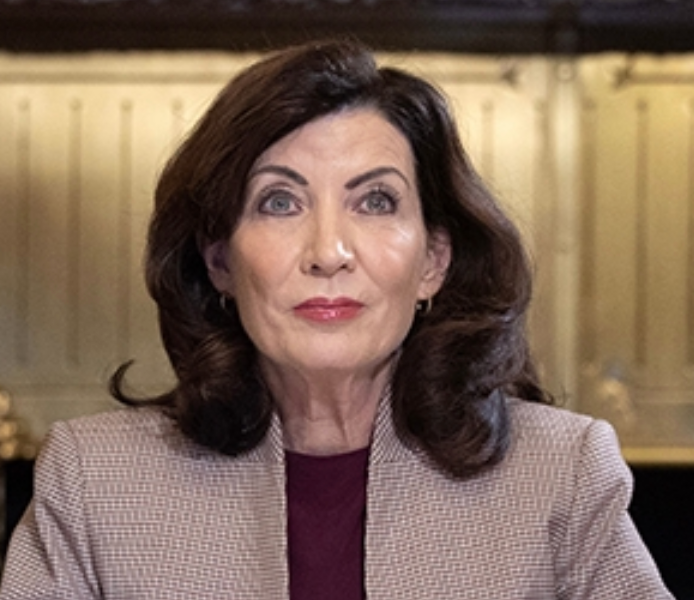New York Launches PBM for Medicaid Beneficiaries
State officials say the new NYRx program will mean fewer restrictions and create a largest pharmacy network in the state.
New York launched NYRx, the state's new pharmacy benefit program, which is intended improve prescription drug access and coverage for the 8 million New Yorkers enrolled in Medicaid statewide.
“The long-awaited transition will enable Medicaid recipients to access more prescription medications with fewer restrictions, reduce confusion over the brand-name and generic drugs covered by the program, and create the largest pharmacy network in New York State,” Gov. Kathy Hochul’s office said in a prepared statement.
California has also moved to carve out its Medicaid pharmacy benefits into a program called Medi-Cal Rx.
Gov. Kathy Hochul

With NYRx, New York State's Medicaid program will pay pharmacy costs directly, eliminating the need for managed care organizations to administer the benefit through PBMs, Hochul said. “The new process creates transparency in reimbursements to pharmacies, leverages the state's purchasing power to negotiate with drug manufacturers, and streamlines administration for practitioners.”
NYRx improves coverage for Medicaid recipients by opening access to a statewide network of more than 5,000 pharmacies, Hochul’s office said. In addition, the change establishes one comprehensive list of the brand-name and generic medications covered under the program, including all FDA-approved medications, which will broaden prescription drugs coverage for Medicaid recipients.
Instead of working through varying rules and limitations for coverage under managed care organizations, pharmacists and physicians will be able to prescribe medication based on a uniform list that is less restrictive and governed by an independent public board of experts, Hochul’s office said.
"Today's shift back to a fee-for-service pharmacy benefit model is the right move for New York and ensures all communities across the state will have continued access to low-cost prescription medications,” said New York Acting Health Commissioner James V. McDonald, M.D., M.P.H.
The transition will also help address New York State's rapid growth in Medicaid pharmacy costs, “which has been driven primarily by PBMs and other intermediaries in the prescription medication supply chain,” Hochul’s office said.
In anticipation of NYRx being implemented, Hochul committed $705 million in Medicaid dollars in her FY 2024 budget to ensure 340Bhealth care providers that received critical funding through their pharmacy programs aren't negatively impacted by the transition.
Of the $705 million, the budget reinvests $30 million in state Medicaid funding to Ryan White HIV/AIDS programs, $250 million in state and federal Medicaid funding into federally qualified health centers, and $425 million in state and federal Medicaid funding into hospitals.
Related:Second Senate Committee Heaps Criticism on PBMs
New York’s comes amid a drumbeat of criticism of PBMs. The Senate Finance Committee held a hearing last week and bills that would be increase regulation of PBMs have been introduced in the Senate and the House. The Federal Trade Commission is also conducting an inquiry into the industry.